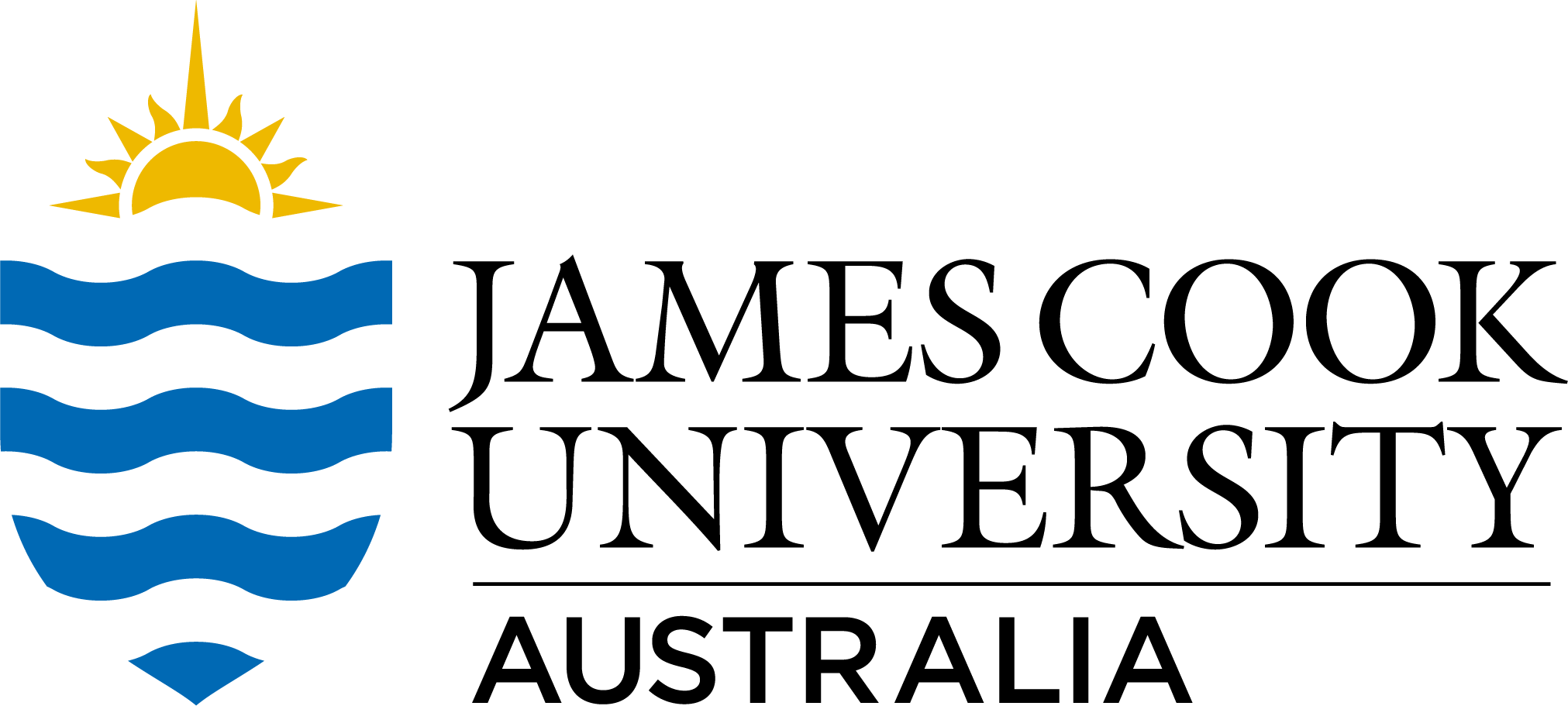Full description
Genome sequencing and assembly data for Acanthochromis polyacanthus (study on the effects of ocean acidifcation) from the National Center for Biotechnology Information (NCBI) BioProject number PRJNA328211. Submitted by King Abdullah University of Science and Technology.
Abstract [Related Publication]: The impact of ocean acidification on marine ecosystems will depend on species capacity to adapt1,2. Recent studies show that the behaviour of reef fishes is impaired at projected CO 2 levels3,4; however, individual variation exists that might promote adaptation. Here, we show a clear signature of parental sensitivity to high CO 2 in the brain molecular phenotype of juvenile spiny damselfish, Acanthochromis polyacanthus, primarily driven by circadian rhythm genes. Offspring of CO 2-tolerant and CO 2-sensitive parents were reared at near-future CO 2 (754 μatm) or present-day control levels (414 μatm). By integrating 33 brain transcriptomes and proteomes with a de novo assembled genome we investigate the molecular responses of the fish brain to increased CO 2 and the expression of parental tolerance to high CO 2 in the offspring molecular phenotype. Exposure to high CO 2 resulted in differential regulation of 173 and 62 genes and 109 and 68 proteins in the tolerant and sensitive groups, respectively. Importantly, the majority of differences between offspring of tolerant and sensitive parents occurred in high CO 2 conditions. This transgenerational molecular signature suggests that individual variation in CO 2 sensitivity could facilitate adaptation of fish populations to ocean acidification.
The full methodology for genome sequencing and assembly is included in the Supplementary Information (PDF) file with the Related Publication.
Created: 2017-04-25
User Contributed Tags
Login to tag this record with meaningful keywords to make it easier to discover
- Local : researchdata.jcu.edu.au//published/8dc943ee1af779b04786a2df65204f48
- Local : 8af60bb9a15e79258237292ba0e45b24


